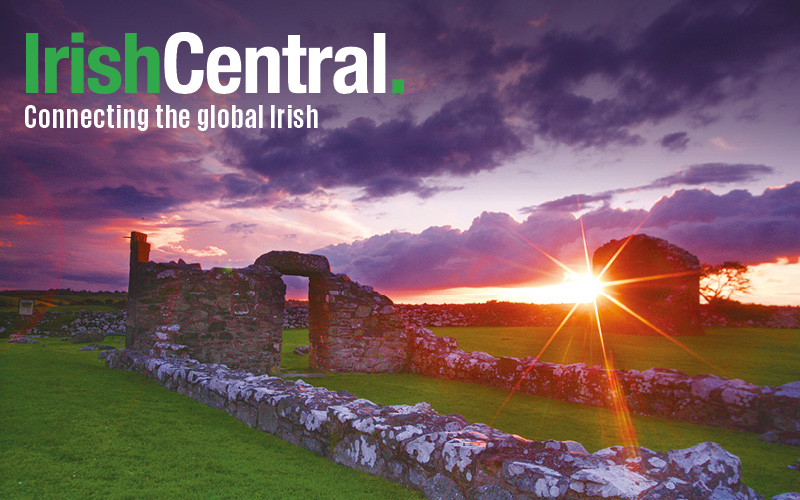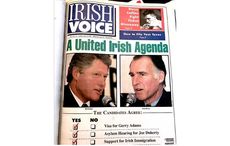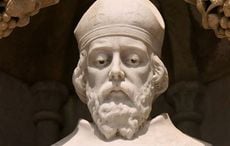If you visited Williamsburg, Brooklyn, last week, you will have seen a colorful reminder that certain sections of that borough were not always colonized by tattooed, pierced and bearded hipsters, with their bicycles and skateboards and skinny jeans.
The parish of Our Lady of Mount Carmel hosted its annual feast. It runs over a week and is highlighted by a parade and procession featuring men carrying a towering, 80-foot tall giglio, weighing three tons. During the festival the streets of the parish come alive with music and color, all in the name of honoring the Blessed Virgin as well as St. Paulinis, the patron saint of southern Italians.
And while all this food, music and fun might seem like a cool way to maintain your faith, this is exactly the kind of religious celebration that worried Irish American priests like Father Thomas Lynch.
Lynch, you see, was once pastor of Transfiguration Church on Mott Street in Manhattan. In the 1880s, this stretch of land, not far from the Five Points slum, was notorious for its poverty and crime.
On top of all that, Father Lynch had something new to deal with. This once Irish enclave was seeing a new wave of poor immigrants from Italy.
It was the beginning of what many newspapers at the time called a “race war” between the Irish and the Italians. And it is part of a fascinating new book called "An Unlikely Union: The Love-Hate Story of New York’s Irish and Italians" by Paul Moses.
“When it came to Italian feast days,” Moses writes, “the two very different styles of Catholicism that the Irish and Italians practiced were as destined to clash as a pair of cymbals in a marching band.”
To Father Lynch – and the mostly-Irish clergy in New York – “the Italians' enthused celebrations captured much of what was wrong about their approach to religion. The Irish shunned such loud shows of faith.”
Many Irish in the late 19th century had finally managed to climb out of abject poverty. In cities such as New York, after decades of outright religious bigotry, there were simply too many Catholics to ignore. They had managed to obtain some level of political power, with New York electing its first Catholic, Irish-born mayor, William Russell Grace, in 1881.
And now here came all these Italians, with few skills, speaking a foreign language, and with religious customs that seemed strange even to the Irish, their fellow Catholics.
“The Irish had only to look at the sneering reaction of the rest of American society to tell themselves that they were right to curtail the Italian street celebrations,” writes Moses, a Professor of Journalism at CUNY/Brooklyn College and a former city editor at Newsday.
Church was not the only place the Irish and Italians would clash. At job sites, fights often broke out between Irish and Italian laborers over wages, union organizing and more.
In 2015 – especially with divisions among black and white Americans still dominating headlines – it’s hard to grasp just how real the tensions between the Irish and the Italians could get.
Of course, as the 20th century wore on, many second and third generation Irish and Italian Americans ended up working similar jobs and moving to similar neighborhoods, especially in New York City.
“In many ways,” Moises notes, “the Irish and Italians have become family.”
Where I grew up, in Staten Island, so many Irish people married so many Italian people I came to calling this a “Staten Island shake.”
The violence may have faded but – strange as it might seem to outsiders – there remains what Moses correctly calls a “love-hate” relationship among the Irish and the Italians.
It’s still not hard to find an Irish American who thinks of Italians as too loud and cocky. And it’s still not hard to find an Italian American who looks down upon the Irish.
Consider my own father-in-law, himself a “Staten Island shake.” When he donates blood, he always cracks this joke.
“Make sure you only take the Irish blood!”
Now that’s what you call “love-hate.”
* Contact sidewalks@tdeignan.blogspot.com.




Comments